Celebrations 1 day Frequency annual | ||
 | ||
Official name Gudhi Padva or Samvatsar Padvo Observed by Hindus, Balinese, Mauritius new year Observances Hindu Lunar New Year's Day Type of holiday Hindu lunar new year's day 2024 Date 9 April, 2024 (Tuesday) | ||
Gudhi Padva (Marathi: गुढी पाडवा Guḍhī Pāḍavā; Telugu ఉగాది Ugadi; Kannada: ಯುಗಾದಿ Yugadi) is the Sanskrit name for Chaitra Shukla Pratipada. It is celebrated on the first day of the Chaitra month to mark the beginning of the New year according to the lunisolar Hindu calendar. The word पाडवा(pāḍavā) or पाडवो(pāḍavo) comes from the Sanskrit word पड्ड्वा/पाड्ड्वो(pāḍḍavā/pāḍḍavo), which stands for the first day of the bright phase of the moon called प्रतिपदा (pratipadā) in Sanskrit.
Contents
- Gudi padwa marathi video 1
- Etymology
- Astronomical
- Chronological
- Agricultural
- Historical
- Religious
- Seasonal
- The Guh
- Festivities
- Guh Pav in other languages states and people
- References
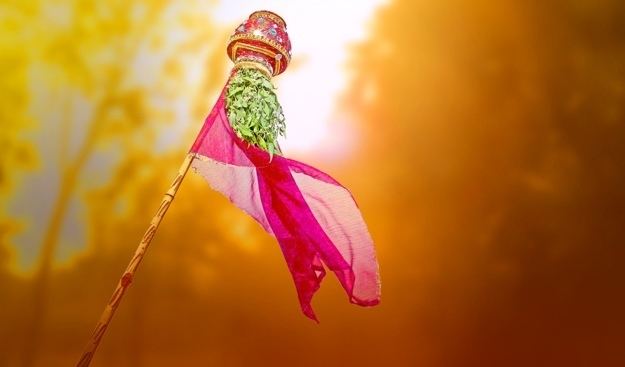
In south India, first day of the bright phase of the moon is called pāḍya (Kannada: ಪಾಡ್ಯ; Telugu: పాడ్యమి, paadyami; Konkani: पाड्यॆ, ಪಾಡ್ಯ). Konkani Hindus variously refer to the day as संसर पाडवो or संसर पाड्यॆ (saṁsāra pāḍavo / saṁsāra pāḍye), संसार (saṁsāra) being a corruption of the word संवत्सर (saṁvatsara). Konkani Hindus in Karnataka also refer to it as युगादि, ಯುಗಾದಿ (ugādi).
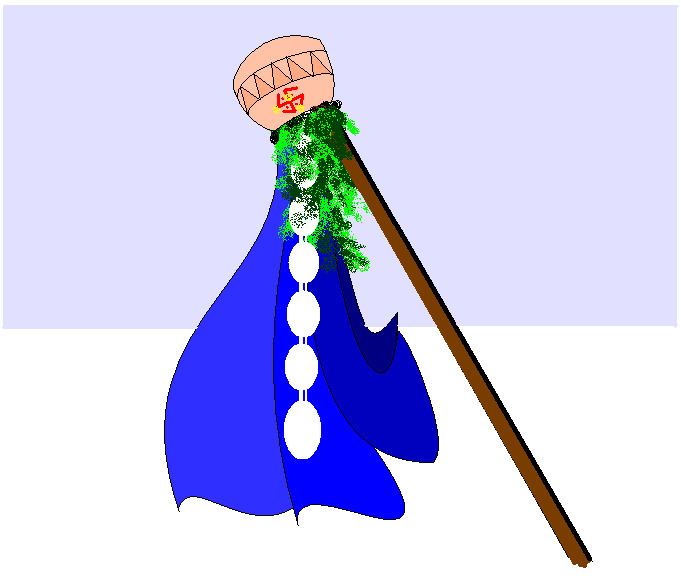
Gudi padwa marathi video 1
Etymology
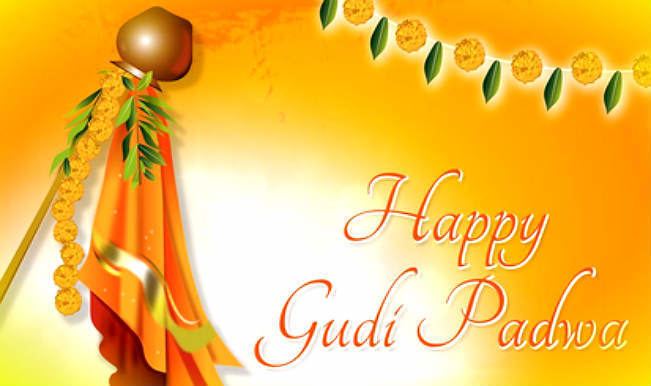
The word Pāḍavā is derived from the Sanskrit word Pratipada for first day of a lunar month i.e. first day after new moon day (Amavasya). A Guḍhī is also hoisted on this occasion giving this festival its name. The term padva or padavo is also associated with Balipratipada the third day of Diwali which is another celebration that comes at the end of the harvesting season.
Astronomical
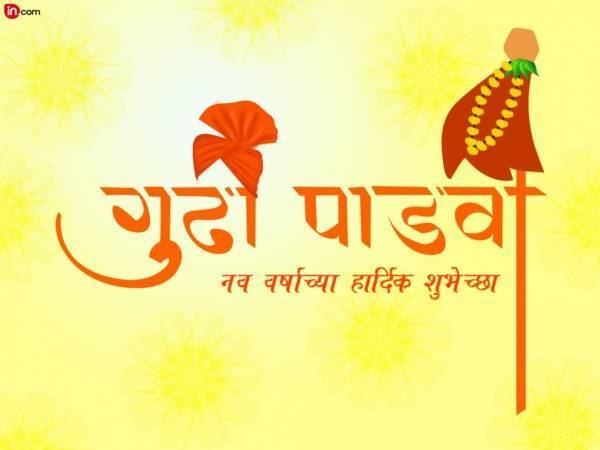
This new moon day has special meaning from Astronomy point of view. The Sun is supposed to be in first point of Aries, (Hamal) which is first sign of zodiac and is a natural beginning of spring. Many civilzations have known this.

People of ancient Egypt knew this and Nowruz (literally "New Day" ) in Persia is also based on this observation.
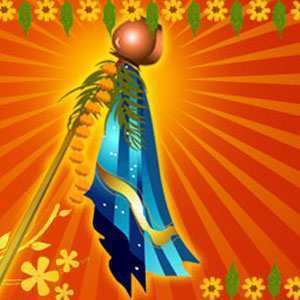
The Sun however may not be exactly in Aries due to Lunar month. This is adjusted by adding a "Adhika" (Literally an extra) Lunar month every three years to ensure New Year Day( "Gudhee Padwa") indeed matches observed season. See Panchang for details.
Chronological

Being the first day of the first month of the year, Gudhi Padwa is the New Year's Day for Marathi people. This day is known as Ugadi in Telugu Speaking(Andhra Pradesh and Telangana) and Karnataka region, and people used to wish each other on this day. This year, Gudi Padwa 2017 will be celebrated on 28th March.
Agricultural
India is a predominantly agrarian society. Thus celebrations and festivals are often linked to the turn of the season and to the sowing and reaping of crops. This day marks the end of one agricultural harvest and the beginning of a new one. In this context, the Gudhi Padwa is celebrated at the end of the Rabi season. Guḍhī Pāḍavā is one of the Saadhe-Teen Muhurta (translation from Marathi: 3 and a half auspicious days) in the Indian Lunar calendar. The full list is as follows -
Historical
This day also commemorates the commencement of the Shaka calendar after [Gautamiputra Satakarni], also known as defeated sakas in battle in 78 A.D.
Religious
According to the Brahma Purana, this is the day on which Brahma created the world after the deluge and time began to tick from this day forth.
Seasonal
On this day, the sun assumes a position above the point of intersection of the equator and the meridians. According to the Hindu calendar, this marks the commencement of the Vasanta ritu or the spring season.
The Guḍhī
On Guḍhī Pāḍavā, a gudhi is found sticking out of a window or otherwise prominently displayed in traditional Maharashtrian households. Bright green or yellow cloth adorned with brocade (zari) tied to the tip of a long bamboo over which gaathi (sugar crystals), neem leaves and a twig of mango leaves and a garland of red flowers is tied. A silver or copper pot is placed in the inverted position over it. Altogether, it is called as Gudhi. It is hoisted outside the house, in a window, terrace or a high place so that everybody can see it.
Some of the significances attributed to raising a Gudhi are as follows:
The Gudhi is positioned on the right side of the main entrance of the house. The right side symbolizes active state of the soul.
Festivities
On the festive day, courtyards in village houses will be swept clean and plastered with fresh cow-dung. Even in the city, people take the time out to do some spring cleaning. Women and children work on intricate rangoli designs on their doorsteps, the vibrant colours mirroring the burst of colour associated with spring. Everyone dresses up in new clothes and it is a time for family gatherings.
Traditionally, families are supposed to begin the festivities by eating the bittersweet leaves of the neem tree. Sometimes, a paste of neem leaves is prepared and mixed with dhane(coriander seeds), gul/gur (known as jaggery in English), and tamarind. All the members of the family consume this paste, which is believed to purify the blood and strengthen the body’s immune system against diseases.
Maharashtrian families also make shrikhand and Poori or Puran Poli on this day. Konkanis make Kanangachi Kheer, a variety of Kheer made of sweet potato, coconut milk, jaggery, rice flour, etc. and Sanna.
Guḍhī Pāḍavā in other languages, states and people
Known as Guḍhī Pāḍavā ("Gudhee Paadavaa") in Maharashtra, this festival is also known as
In other parts of India this festival is celebrated during
It is also celebrated in the North-East state of Manipur where it is known by the name Sajibu Nongma Panba Cheiraoba. People prepared a variety of cuisine on this day and later in the evening people climb nearby hillock.
